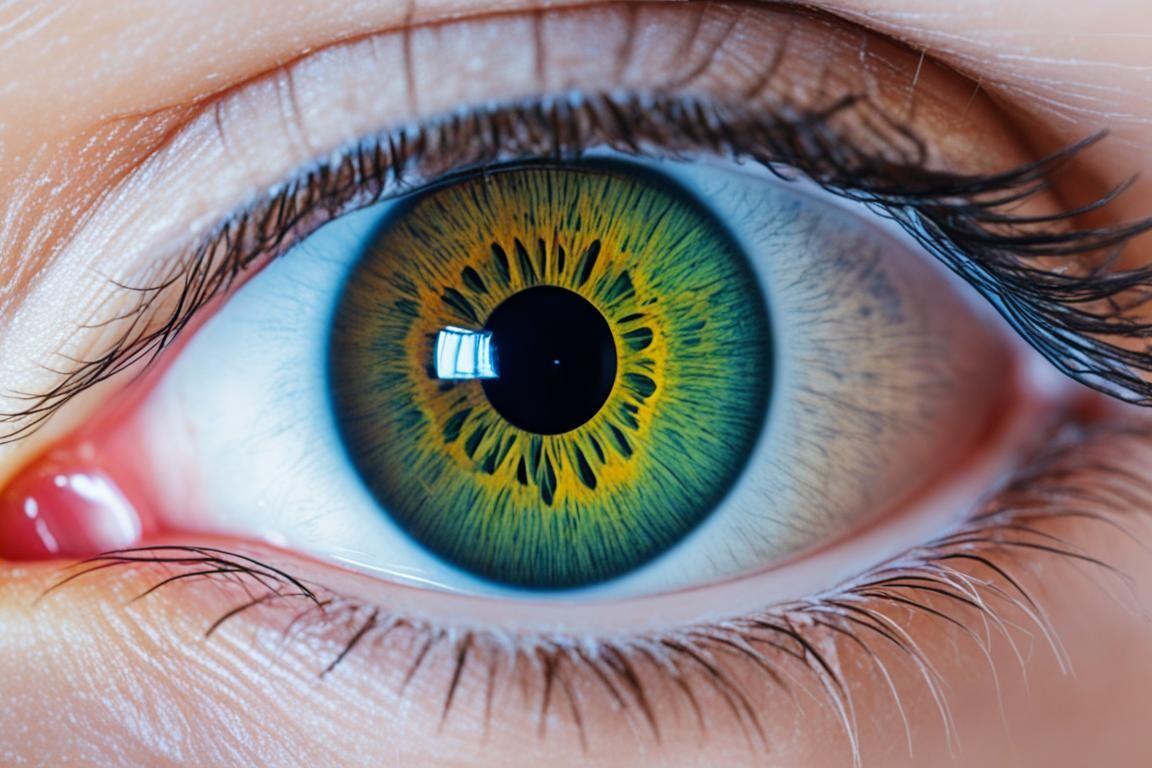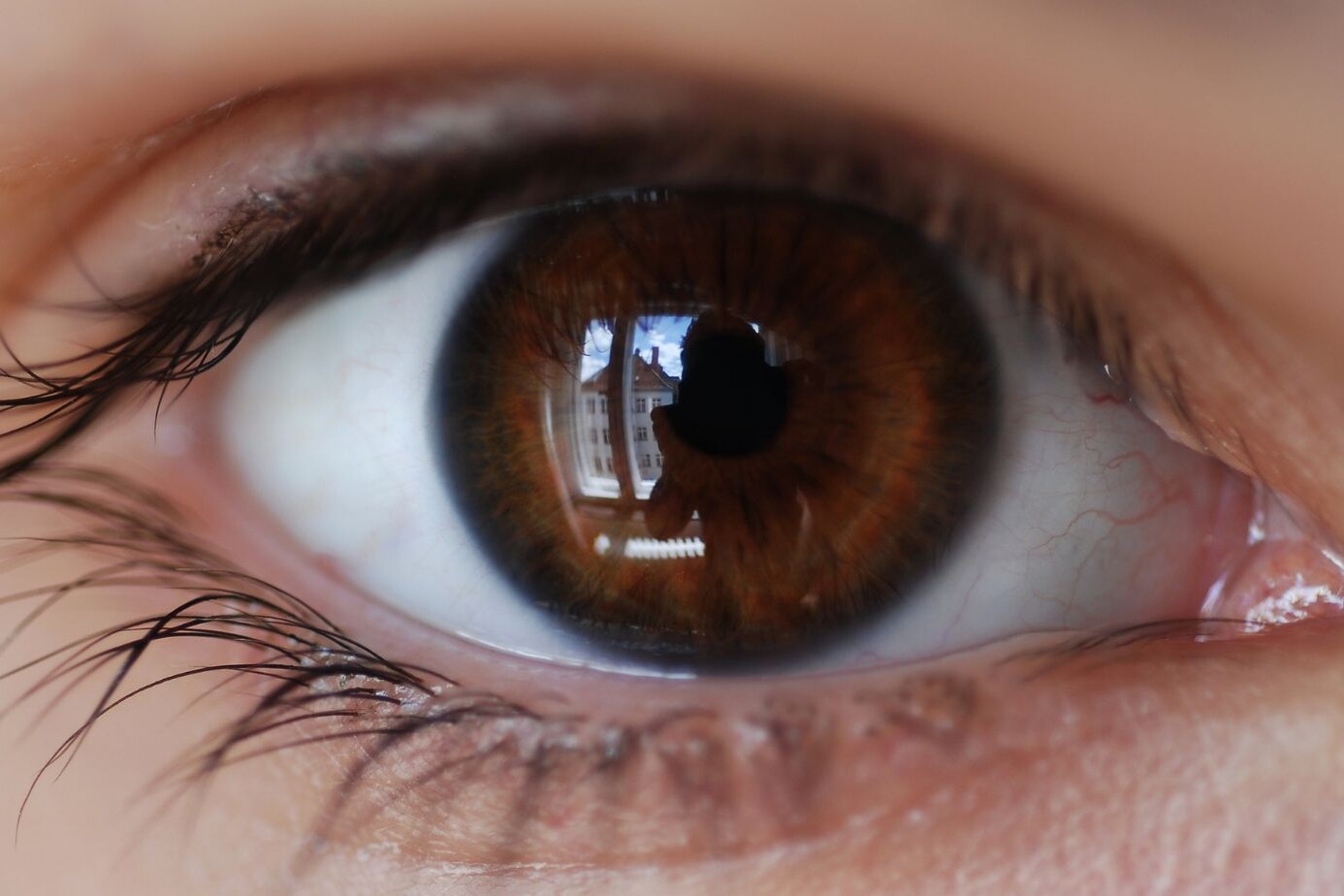Benign Essential Blepharospasm (BEB) is a rare neurological condition that causes involuntary eyelid spasms. Though it’s not life-threatening, it can seriously affect vision and quality of life—especially if left unmanaged.
In this blog, we will break down benign essential blepharospasm in simple words. We’ll cover symptoms, causes, how doctors diagnose it, and the latest treatment options that actually work.
Whether you’re someone facing this condition or you’re just curious, you’re in the right place.
Table of Contents
ToggleWhat is Benign Essential Blepharospasm?
Understanding the name and its seriousness is the first step to recognizing this eye disorder.
Benign essential blepharospasm is a neurological eye disorder and is a type of focal dystonia, where the muscles around the eyes contract without your control. These repeated spasms can start as harmless blinking but may turn into disabling eye closure episodes.
- “Benign” means it is not cancerous or deadly.
- “Essential” in medical terms means the cause is not fully known.
It’s very different from the occasional eye twitch we all get when tired or stressed. Those are temporary and harmless. BEB, however, can severely affect vision and daily function.
In more advanced stages, individuals may find it difficult to keep their eyes open, which can lead to functional blindness (not due to eye damage, but an inability to control the eyelids).
BEB usually affects middle-aged and older adults, and it’s more common in women than men.
How Common Is It?
You might be surprised at how many people live with this condition in silence.
- Around 50,000 to 100,000 people in the U.S. suffer from benign essential blepharospasm.
- Women are twice as likely as men to get it.
- It typically begins between the ages of 40 and 60.
These stats show that it’s not as rare as people think. It often goes misdiagnosed or ignored in its early stages.
Is BEB Dangerous or Life-Threatening?
No, benign essential blepharospasm is not fatal. But that doesn’t mean it’s easy to live with.
- It causes eye muscle spasms that can block vision temporarily.
- Some people struggle to keep their eyes open while driving, walking, or working.
- In advanced cases, it can become a visual disability, reducing the person’s quality of life significantly.
Symptoms of Benign Essential Blepharospasm
The symptoms usually start slowly and then get worse over time. Recognizing the signs early can help in managing the condition better.
Early Signs to Watch Out For
People with Benign Essential Blepharospasm may experience:
- More frequent blinking without reason
- Eyes feeling sore, irritated, or tired
- Trouble looking at light (photosensitivity)
These signs are often mistaken for dry eyes and blinking or eye strain from screens.
Progression of Symptoms
If untreated, the symptoms become more serious:
- Strong and involuntary eye twitching
- Eyelids shut tightly on their own, making it hard to see
- The muscles in the face may also twitch (facial dystonia)
- Difficulty with daily tasks like reading, watching TV, or driving
This impacts emotional well-being too. Many report feeling embarrassed in public.
Associated Conditions
BEB doesn’t always come alone. It often links with other problems:
- Meige syndrome: spasms in the jaw or tongue along with eye spasms
- Dry eye syndrome: common among BEB patients
- Other dystonia disorders affecting the neck or hands
Symptom Progression Table
| Stage | Symptom | Effect on Daily Life |
|---|---|---|
| Early | Light sensitivity, blinking | Mild discomfort |
| Moderate | Frequent spasms | Reading, driving becomes tough |
| Severe | Eyelids shut often | Serious visual disability |
What Causes Benign Essential Blepharospasm?
The exact cause of BEB is unknown, but research suggests it involves both genetic and environmental factors.
Possible Causes and Risk Factors:
- Brain dysfunction: Irregular activity in the basal ganglia, a part of the brain that controls movement
- Family history: Genetic factors may increase risk
- Eye strain or irritation: Long-term eye problems can contribute
- Stress and fatigue: These can worsen symptoms or trigger spasms
- Medications: Some drugs for Parkinson’s disease may lead to symptoms
Not everyone with these risk factors develops BEB, but they may raise the likelihood of onset.
How Is Benign Essential Blepharospasm Diagnosed?
There is no single test to diagnose BEB. Diagnosis is based on a physical examination, symptom history, and ruling out other conditions.
Diagnosis May Include:
- Clinical evaluation: A neurologist or eye specialist observes eyelid movement and muscle activity
- Medical history: Personal and family background of neurological issues
- Imaging (if needed): An MRI may be used to rule out other brain or nerve disorders
A timely diagnosis can help prevent progression and improve treatment outcomes.
Treatment Options for Benign Essential Blepharospasm
Although there’s no cure for BEB, many treatments can reduce symptoms and improve day-to-day functioning.
1. Botulinum Toxin Injections (Botox)
- The most common and effective treatment
- Injections weaken overactive eyelid muscles to reduce spasms
- Effects typically last 3–4 months and may require repeat sessions
2. Medications
Some people may benefit from medication, especially if Botox is not enough.
- Anticholinergics: Help control muscle contractions
- Dopamine regulators: Reduce abnormal brain signals
- Benzodiazepines: Sometimes used for muscle relaxation
Medication results can vary, and side effects should be discussed with a doctor.
3. Surgical Treatment
If other treatments fail, surgery may be an option.
- Myectomy: Surgical removal of some eyelid muscles
- Often considered only for severe, unresponsive cases
- Recovery and risks must be weighed carefully
Self-Care and Lifestyle Tips
In addition to medical treatment, small lifestyle changes can help manage symptoms and reduce triggers.
Helpful Strategies:
- Wear sunglasses: Protects from bright light and glare
- Use eye drops: Keeps eyes moist and reduces eye irritation
- Manage stress: Relaxation techniques can help control spasms
- Take screen breaks: Reduces eye strain and fatigue
- Avoid triggers: Limit caffeine and alcohol if they worsen symptoms
Living with BEB: Emotional and Social Impact
Living with BEB can affect more than just physical comfort. The condition may interfere with work, driving, reading, or social interaction.
Seeking emotional support, joining patient groups, or speaking with a mental health professional can help manage anxiety, frustration, or isolation.
Ongoing Research and Clinical Trials
Research continues into new treatments, better understanding of causes, and potential genetic links to BEB.
Current Focus Areas:
- Improved Botox formulations
- New medications under trial
- Long-term effects of surgical treatment
- Understanding genetic risk factors
Frequently Asked Questions
What triggers benign essential blepharospasm?
Triggers may include bright lights, stress, tiredness, eye irritation, or medications.
What does blepharospasm feel like?
It may feel like twitching, constant blinking, or pressure behind the eyes.
Can BEB be cured?
There is no permanent cure, but treatments like Botox and surgery can manage symptoms effectively.
When should I worry about eye twitching?
If the twitching is persistent, worsens, or affects both eyes, seek medical attention.
Is right eye twitching a sign of good luck?
This is a cultural belief, not a medical fact. Chronic twitching could signal a neurological issue.
Conclusion
Benign Essential Blepharospasm is a serious but manageable condition. With early diagnosis, consistent treatment, and lifestyle changes, most people can significantly reduce their symptoms and continue living full, independent lives.
If you’re experiencing frequent blinking or eyelid spasms, don’t ignore the symptoms. Talk to a neurologist or ophthalmologist and take the first step toward effective management.
About The Author

This article is medically reviewed by Dr. Chandril Chugh, Board-Certified Neurologist, providing expert insights and reliable health information.
Dr. Chandril Chugh is a U.S.-trained neurologist with over a decade of experience. Known for his compassionate care, he specializes in treating neurological conditions such as migraines, epilepsy, and Parkinson’s disease. Dr. Chugh is highly regarded for his patient-centered approach and dedication to providing personalized care.
→ Book a consultation to discover which remedies suit your needs best.




